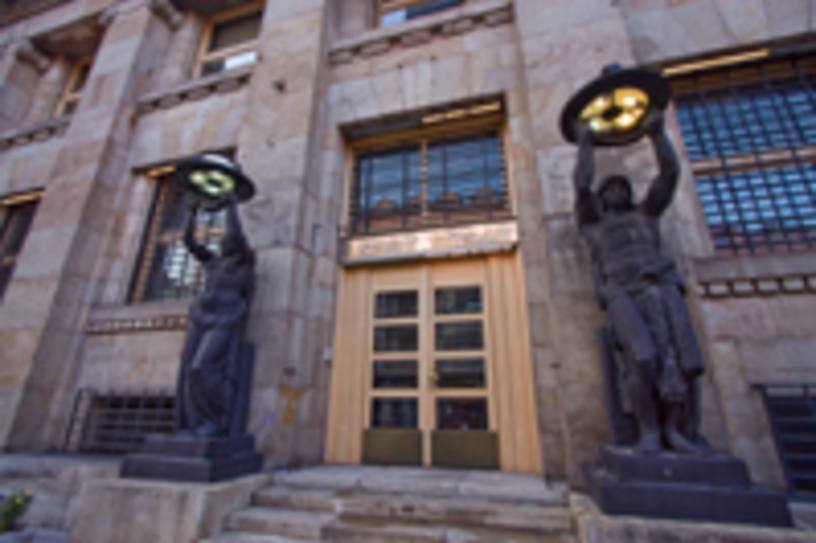Memories of bank collapses and lost deposits during the turbulent break-up of Yugoslavia during the 1990s are still fresh in Bosnia-Herzegovina. But there was a new twist when they resurfaced in late 2008. It was foreign, rather than local banks that were under the microscope, as savers digested the implications of the liquidity squeeze for banks whose parents elsewhere in Europe were most exposed.
What once seemed a strength could now be interpreted as a weakness - most Bosnian banks are now foreign-owned, generally by the large Italian or Austrian groups. Depositors were unnerved by the declines in the share prices of these groups. In total, there were deposit outflows of about €400m in the final quarter of 2008, but Giulio Moreno, the head of office for the European Bank for Reconstruction and Development (EBRD) in Bosnia, says the impact was "manageable, and foreign exchange reserves are sufficient".












